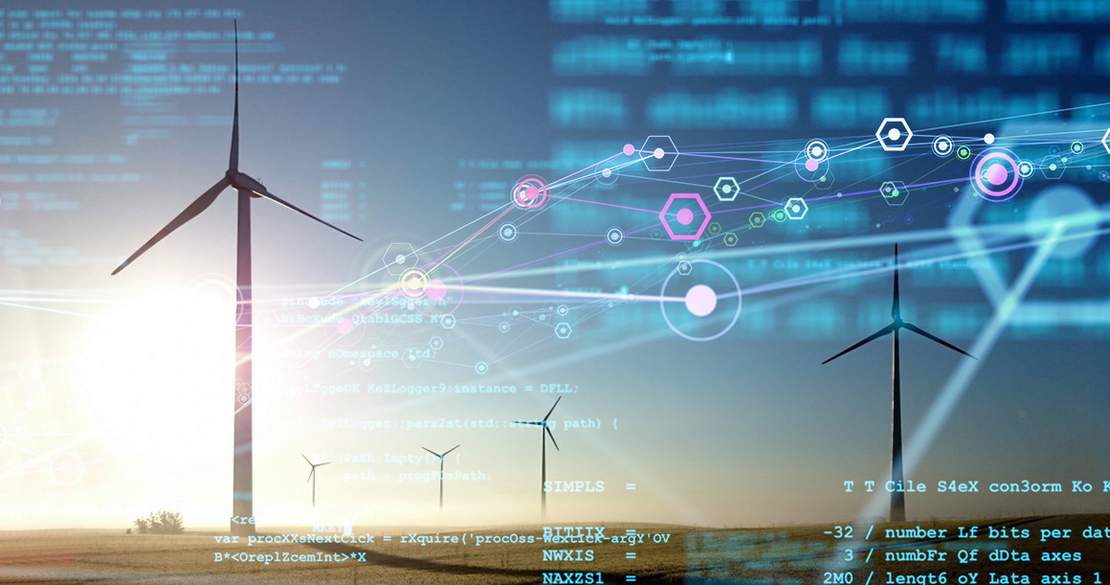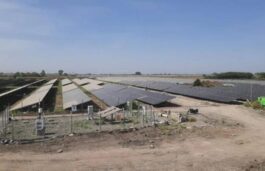Highlights :
- Artificial intelligence may help renewable sector in many ways – forecasting the weather, grid management, maintenance, security from cyberattacks, applications in O&M of PV plants

In the fast-changing world, technologies such as Artificial Intelligence (AI) and Machine Learning (ML) are leading the next wave of productivity gains and tech changes. Artificial intelligence is the main branch of prediction-based technologies which includes domains like machine learning, neural networks and data science. The AI and ML technologies have thrown open a plethora of doors to new applications, solving complex problems and lessening the efforts. In the aame way, AI and ML may endorse the growth of the renewable energy sector in myriad ways. Enabling AI in grid management will also mean shifting from infrastructure-heavy legacy models to a grid that is more resilient and flexible.
AI and ML have the capability to transform the renewable energy space. The power companies can leverage the technologies to get better forecasts, manage their grids and schedule maintenance. These are also beneficial to consumers making the green energy flow without interruption. Further, AI also helps get upfront information about scheduled maintenance works in the grid that could result in power outages. While detractors will argue that various predictive models have been doing this, the addition of AI has meant incremental improvements in accuracy, which can make a huge net impact at scale.
AI in Forecasting
Renewable energy is highly unpredictable as it is dependent on sources like sunlight, wind and water, which are in turn dependent on weather. Weather is something that may not be controlled by humans, at least not in present or in near future. So, how would AI help in addressing the issue?
AI has made it possible to forecast the weather – analysing the current and historical weather data to provide accurate forecasting. This forecast data is very helpful for power companies to manage their energy systems. For instance, if there is a good forecast, the companies produce renewable energy and store it. Similarly, when the forecast illustrates that the weather is not in favour, power companies manage their load accordingly, and may use fossil fuels to keep the power supply uninterrupted.
Grid Management
Artificial intelligence and machine learning, with the help of data analytics, predict energy consumption in households. The observation helps the power companies to predict how much energy will be required by those households in the upcoming days. Building on that data, power companies can manage grids without the risk of any outage. If the needs will be high, the companies accordingly may ramp up the production of energy. Similarly, when the need is low, energy production may be curtailed to reduce wastage.
Maintenance
Maintenance is the most important exercise in order to enhance the longevity of the system. On-time emergency repair situations can be avoided with the help of artificial intelligence and machine learning. The technology helps in predicting the specific part of the system that needs maintenance.
With this, the power companies can notify the consumers about the upcoming maintenance events and, thus, consumers will be ready beforehand for the power cuts, something that doesn’t happen in the present scenario.
AI Applications in O&M of PV Plants
AI help optimize the PV plant performance: This is possible by identifying failures of the overall PV system (inverters, DC subsystems, and more). Not only does this approach increase PV plant production, but it also aims to decrease the O&M costs by providing early failure detection. Besides, it detects components with the lowest performance, which need to be repaired or replaced.
Security From Cyberattacks
The energy grid is vulnerable to cyberattacks. Artificial intelligence and machine learning also can improve the security of energy grids, identifying the threats and preventing cyberattacks before they happen.
Microgrids
A microgrid control system is a small energy grid that can operate independently of the traditional energy grid. Microgrids use AI and machine learning to manage energy flow and optimise energy usage. They provide energy security during emergencies and can integrate renewables into the energy grid more easily than traditional energy grids.
Promising Future
That’s not the end to the saga of friendship between renewable energy and AI and Machine Learning. There can be many more fronts on which the technology may benefit the renewable sector in the future. In the upcoming years, these technologies are going to impact both power companies and consumers.
Various industrial leaders are building up the technology for application in the field of power development. This includes Microsoft Azure, Google Cloud, AWS, DeepMind and IBM Watson, which provide artificial intelligence and machine learning solutions to the utility industry.





























